University Museum, Bring to Light the Intrinsic Power of Art
- OGP

- Apr 14, 2022
- 5 min read
Updated: Oct 6, 2022
By OGP Reporters / Members Contribute File Photos
Oh Good Party
University art galleries and museums exist in a wide variety of forms. They often focus exclusively on art, but also can include other disciplines such as anthropology, history and science. Some solely mount exhibitions while others also collect objects. They can be found as independent entities within the academic setting, or as a part of a department or departments.
While the US is famed for stunning, monolithic museums like the Metropolitan Museum of Art in New York City and the Smithsonian Museum in Washington, D.C., many museum enthusiasts find that some of the greatest pleasures in visiting galleries in the special place come from the smaller, lesser-known university museums that dot the world landscape. From North American to Asia, the incredible collections of universities across the many country are an amazing part of the fabric of the country’s history.
Famous writer and philosopher Thomas Merton once said, “Art enables us to find ourselves and lose ourselves at the same time.” For most students, college is more than classes and books; it is a time of broadening perspective, self-discovery, and personal growth. Many colleges and universities contain the hidden gem of the university art museum. Filled with historical treasures, glorious and inspiring works of art, and ample opportunity for student engagement, these oases provide beauty for the eyes and inspiration for the soul.
University art galleries and museums exist in a wide variety of forms. They often focus exclusively on art, but also can include other disciplines such as anthropology, history and science. Some solely mount exhibitions while others also collect objects. They can be found as independent entities within the academic setting, or as a part of a department or departments.
Organizationally, university museums are represented by a variety of historical, traditional and novel entities, such as anatomical theaters and archeology museums, natural science and art museums, history museums, planetariums, arboretums and aquariums, archives and house-museums, science and arts centers, ecomuseums, hospital museums, and contemporary art galleries, as well as discipline-specific collections hosted by academic departments and institutes; some special collections are hosted by the university libraries.
The Harvard Museum of Natural History, which is located on campus in Cambridge Massachusetts. This gallery is made up of three divisions which include the Harvard Mineralogical Museum, the Museum of Comparative Zoology and the Harvard University Herbaria. The Mineralogical Treasury contains over 100,000 examples of rock, ore meteorite and more. The Zoology collection contains more than 21,000,000 models and is comprised of 9 different departments. The Herbaria houses over 5,000,000 items which come from all over the globe. However, it does specialize in items from North America. You will find exhibits in arthropods, bees, birds, climate change, countries, evolution, microbes and more at this museum.
In addition, Yale Peabody Museum, Museums of Berkeley are a must-see for anyone who retains a love of science and natural. These houses have some amazing collections.
The Rhode Island School of Design, known as RISD for short, exists to encourage as well as educate current artists and designers, as well as the general public. This gallery was created in 1854 and includes ancient art such as Roman jewelry, a Hellenistic bronze Aphrodite, and even a female head in marble from Greece. The RISD Museum is home to over 100,000 artifacts.
Not only that, University of Michigan Museum of Art, The Sidney and Lois Eskenazi Museum of Art, The Fowler Museum, University of Arizona Museum of Art are all of the top art museums in the United States and has been internationally acclaimed. Such as the Sidney and Lois Eskenazi Museum of Art is located at Indiana University. It has more the 45,000 artifacts, which include paintings by Picasso and Monet. You will also find African masks and antique jewelry. While this collection is still used for teaching students, this gallery is also open to the general public and there is no admission charge. And University of Arizona Museum of Art is located in Tucson. The gallery holds over 6,000 pieces of art, specializing in American and European works from the Renaissance era. The museum is home to several amazing works of art, which include the C. Leonard Pfeiffer collection, the Robert Priseman collection, Robert McCall Collection, Sara Wallach Collection, Frances O’Brien Collection and more.
Europe is the cradle of and a paradise for Western art, but the 2008 financial crisis threw the many countries of Europe into a recession. As a result, fewer people are willing or able to invest in art. At the same time, more and more Chinese people are learning how to appreciate art, so the art market in China is gathering momentum.
We still believe —— The future of the market for Chinese art is exceptionally strong, but that future is in China. There are of course other traits to Chinese art that garner an international appeal. The commercial proof is evidenced by recent highly successful sales of Chinese ink painting in Sotheby's New York, but also by a number of significant historic and contemporary museum exhibitions of brush painting in Europe and America.
There is no doubt that China and the U.S. boast larger markets in the eyes of artists and collectors. The new wealth of China still values this heritage and is prepared to pay for it.
Tsinghua University is a research university located in Beijing, China, established in 1911. It's consistently ranked as one of the top academic institutions in China. The Tsinghua University Art Museum owns more than 13,000 pieces of collections, covering six major categories, namely, painting and calligraphy, embroidery, porcelain, furniture, bronze ware and comprehensive artwork. Most of the collections are from Academy of Arts & Design since 1956, and donations from Tsinghua alumni or some social elites. Moreover, these university museums are also worth a visit: Museum of Renmin University of China, Yifu Museum of China university of geosciences, CAA Art Museum, University Museum and Art Gallery.
Historically, the focus of university museums and galleries included curatorial research into, as well as the display of, commemorative, ceremonial, decorative and didactic collections. For academics, these collections served as a valuable research resource. For students, museums performed both a leisure and learning function, developing their visual literacy, critical thinking, and creative skills. Aside from campus, museums served their perspective city and town's communities, spreading museological literacy among the different target audiences.
But changes and decentralization of the institutional values coinciding with budgeting shortfalls in some cases. Many campus museums "have critical needs for facilities, staff, and support". Especially the challenges brought by transition in “Chinese university museums”. We have seen a shift from imagining museum visitors as uninformed, passive consumers of didactic exhibits to agents involved in content and meaning making, a gap remains between participatory ideals and their practice in contemporary museums when it comes to difficult knowledge.
Postscript
These images are our invited to the "From Dithyrambe to Arcadia:Exhibition of Markus Lüpertz" at the Tsinghua University Art Museum. Sponsored by Bell Art Centre and co-organized by MAP Collection, this exhibition was organized and hosted by Tsinghua University Art Museum. It covered a total of 104 pieces, including 88 easel paintings and 16 sculptures by Markus Lüpertz. These are all his remarkable works from 1968 up till now, showing his evolving artistic phases. This is a good way of learning and communication between university museums and art institutions. University museum agents can gain mature and perfect business operation experience from the operation and operation methods of art centers and collection institutions.





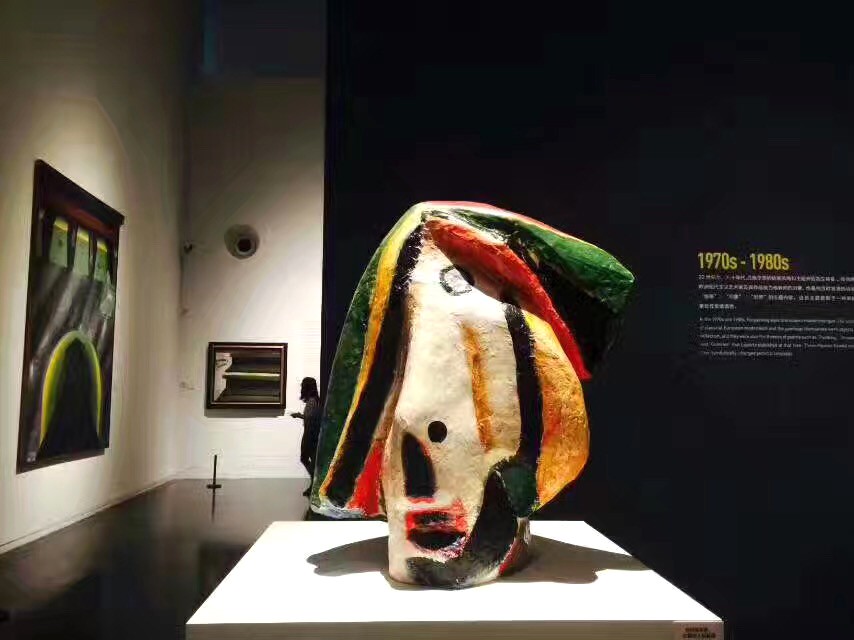

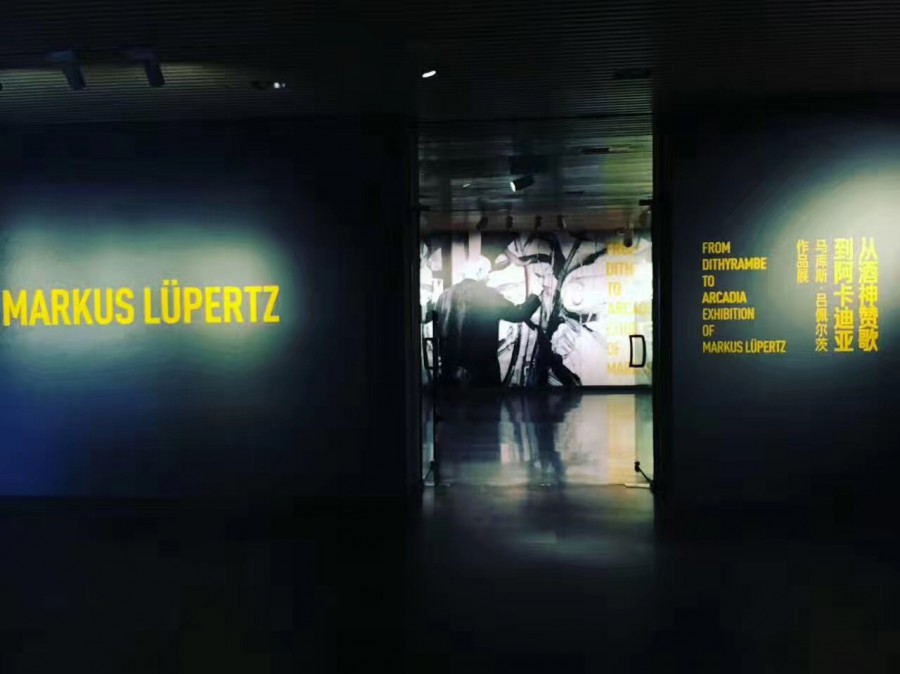

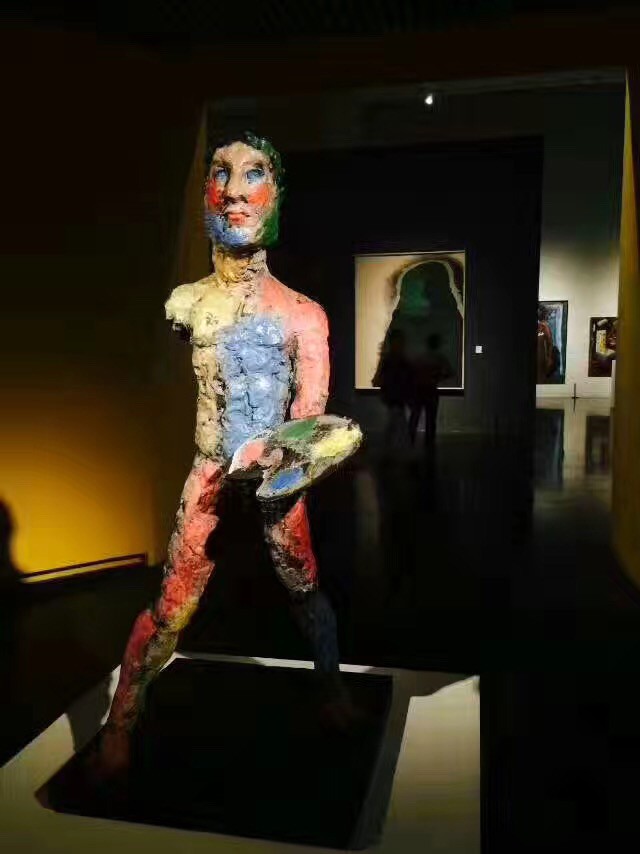

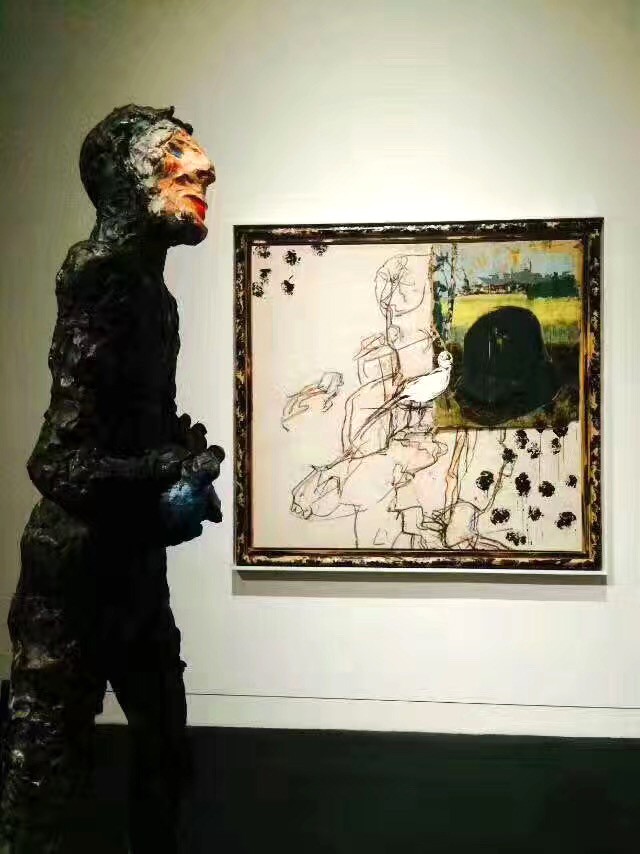

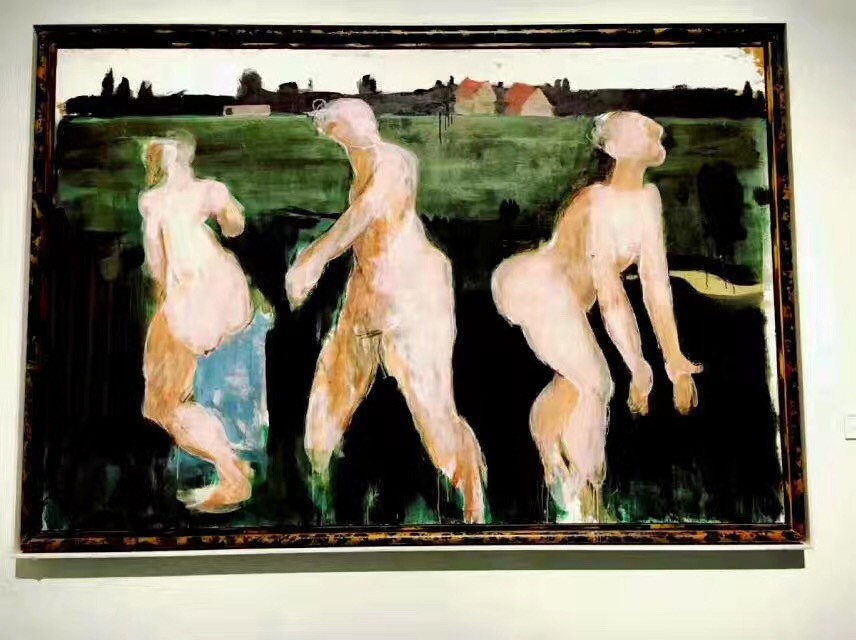





Comments